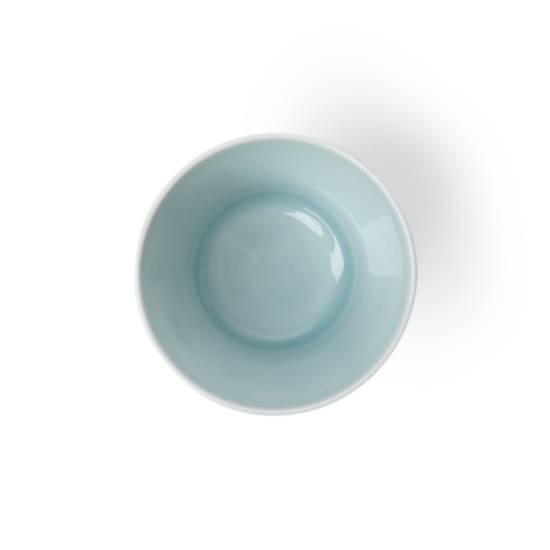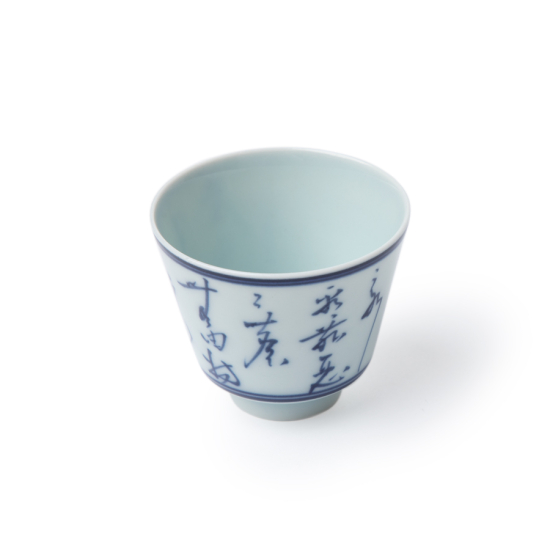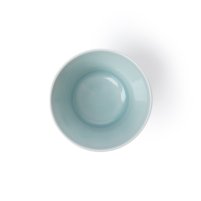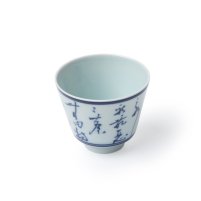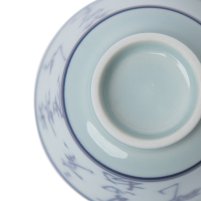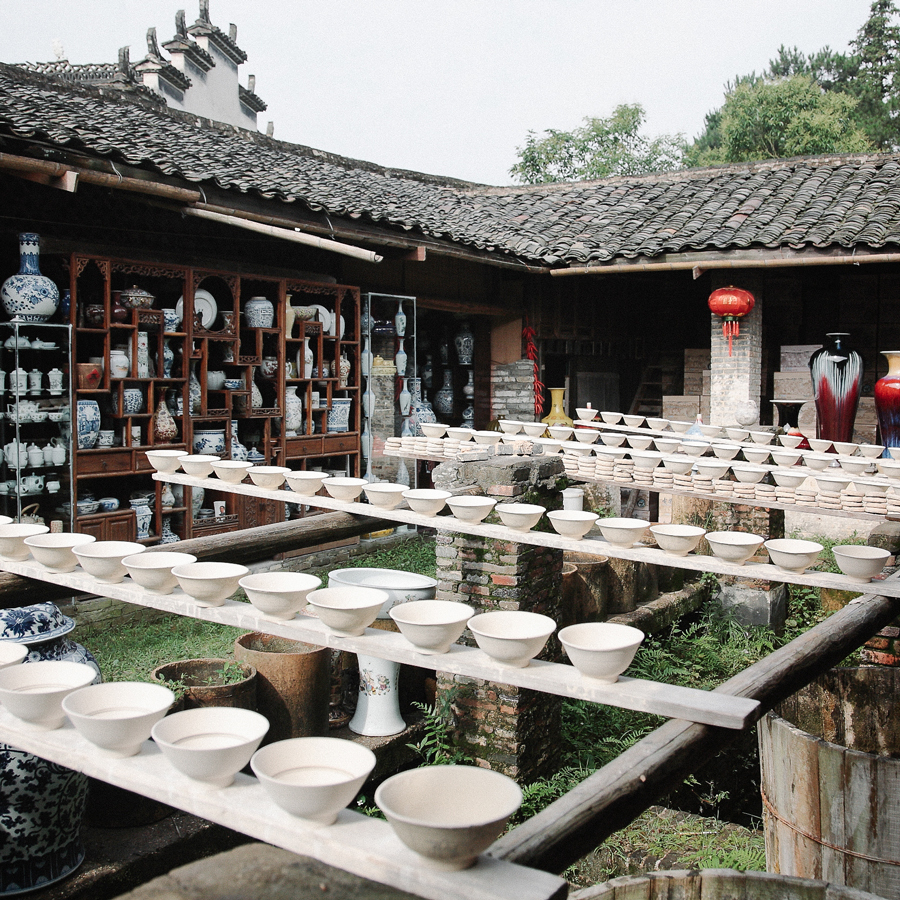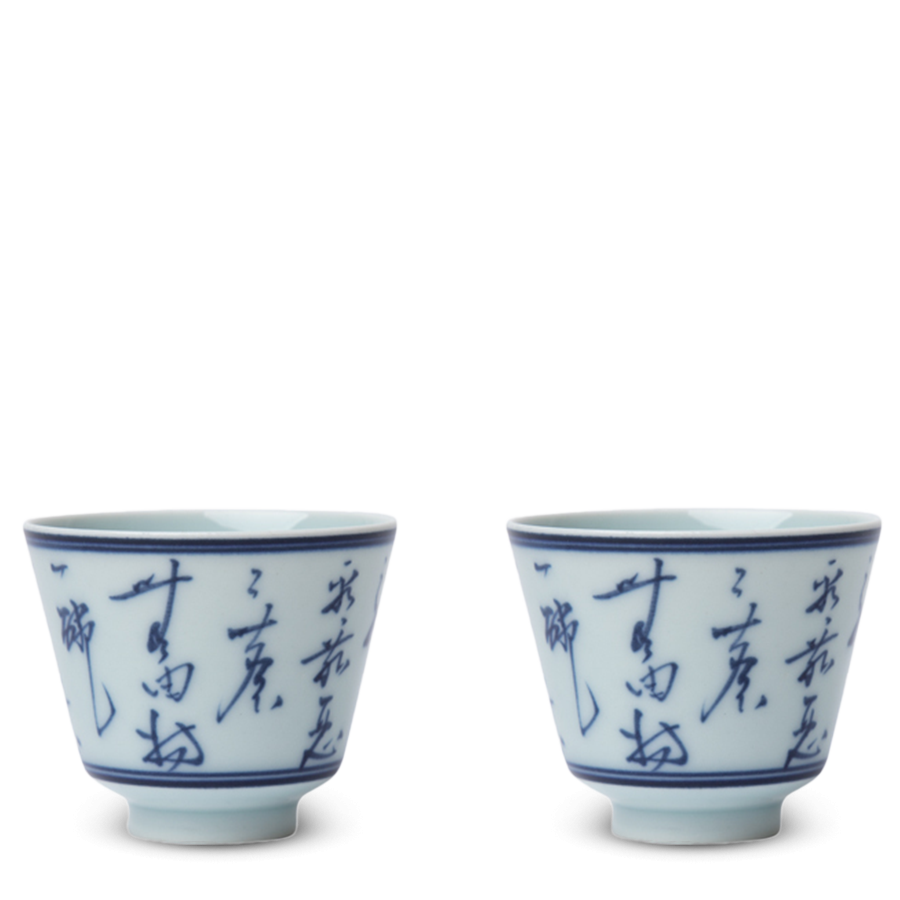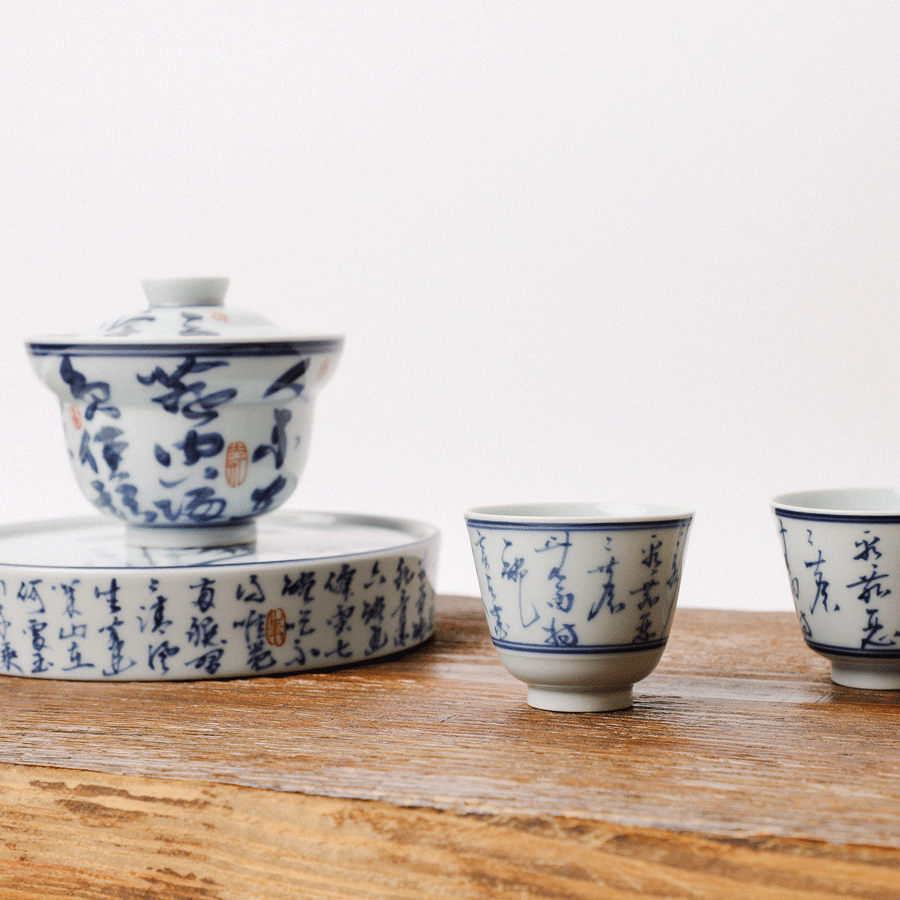Porcelain is very easy to care for and can simply be hand washed with warm water and liquid detergent after use. Unlike unglazed ceramics, such as Yixing clay, glazed porcelain does not absorb odours or flavours and so can be used with different teas each time.
Teacup Set Blue White
SKU
6029-bundle
- -5%
Yoshi En has recently grown out of Sunday Natural to become an independent premium tea store. As part of this transition, some products may still be shipped in Sunday Natural packaging.
Appreciate all the subtle flavours of fine Chinese teas with these charming cups in the classic blue and white Qinghua style. Made in Jingdezhen, the "porcelain capital" of China, the teacups are adorned with Chinese poetry handpainted in a flowing calligraphic script. Perfect for Gongfu brewing, particularly with oolong teas.
| Product | 2 teacups |
| Origin | Jingdezhen, Jiangxi, China |
| Dimensions | Ø5.8cm x 4.4cm |
| Volume | 30ml |
| Weight | 35g |
| Material | Porcelain |
| Decoration | 坐酌泠泠水,看煎瑟瑟塵。 無由持一碗,寄與愛茶人。 Scoop cool water, |



